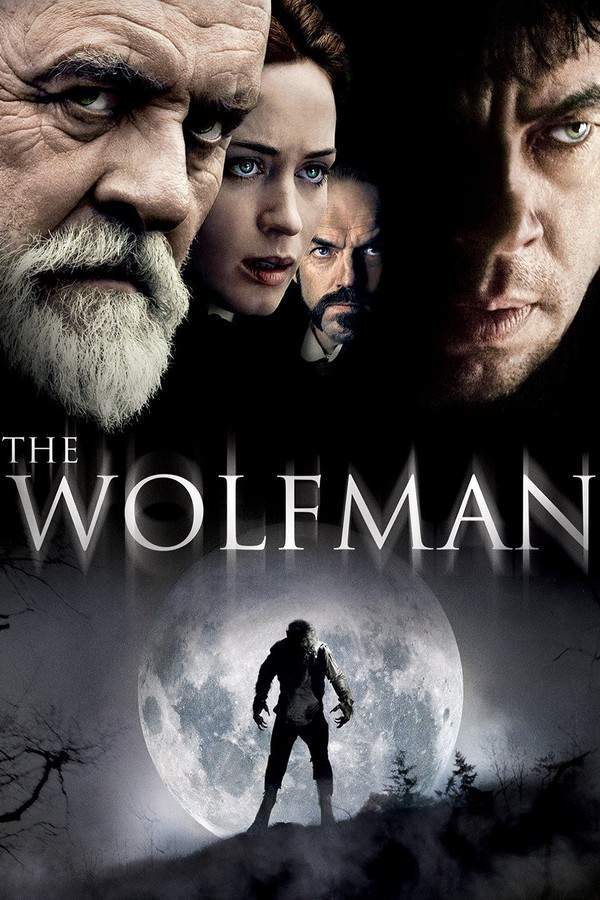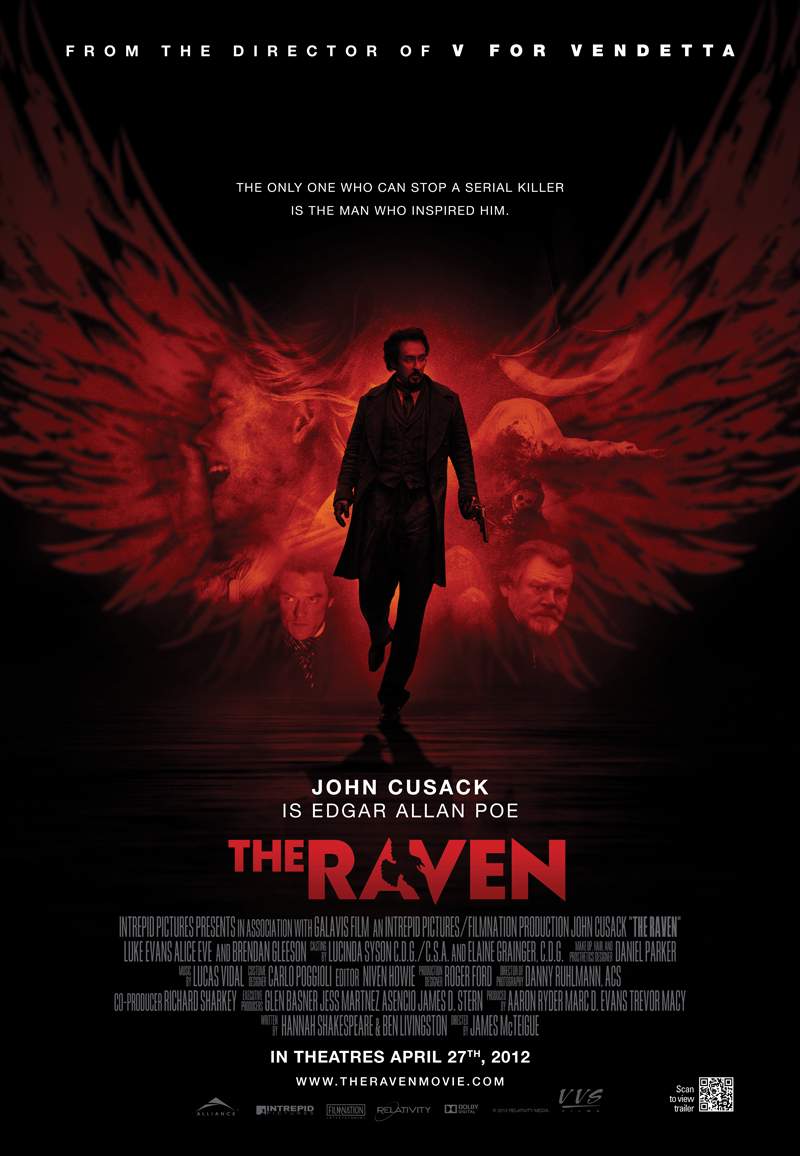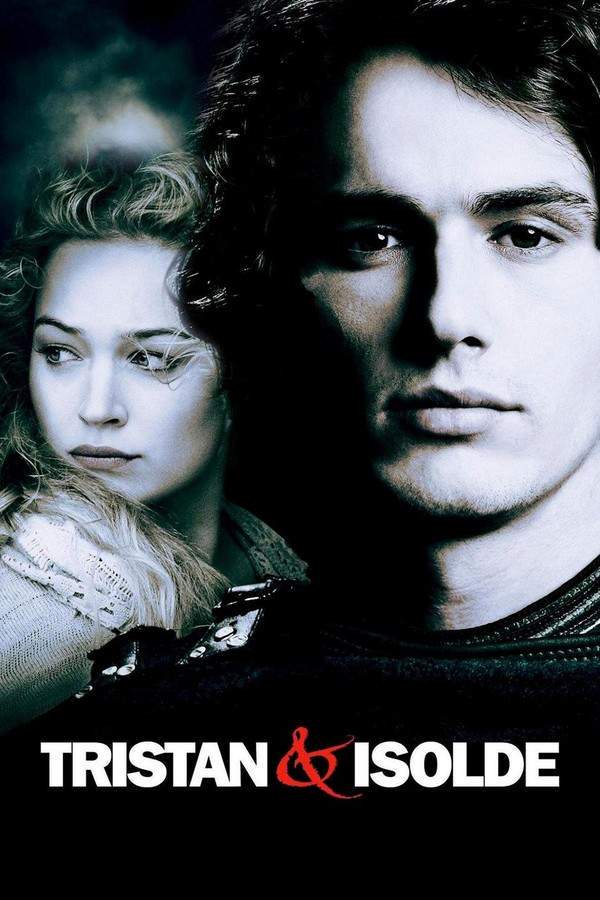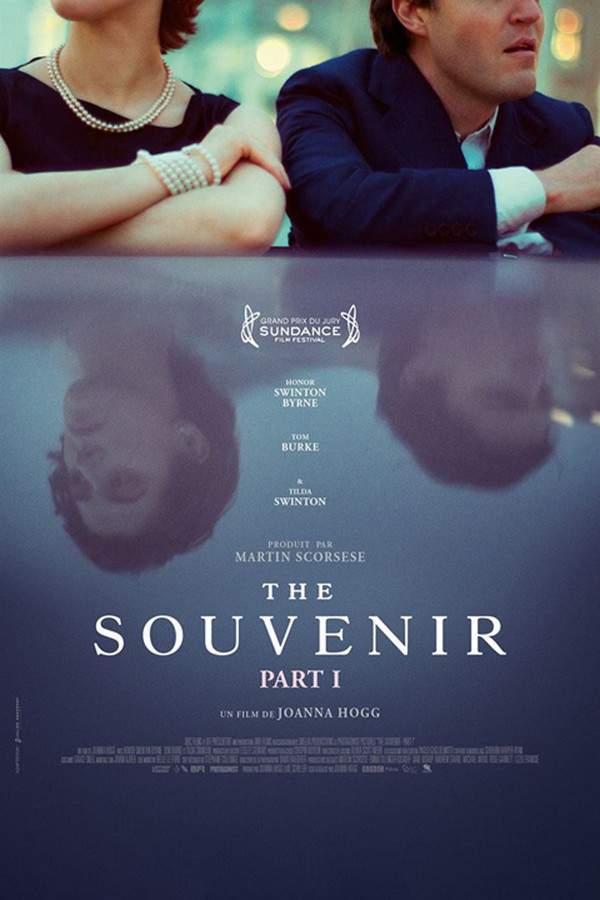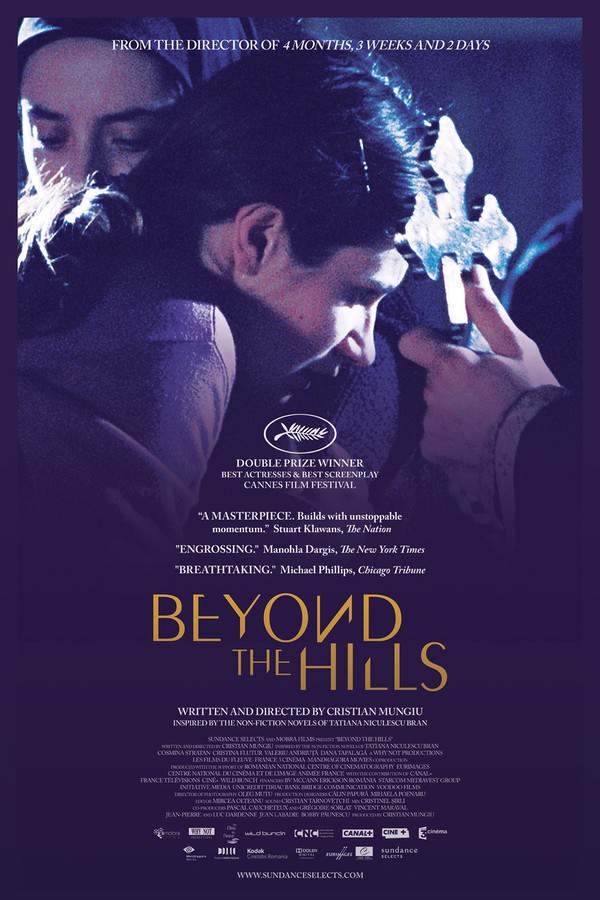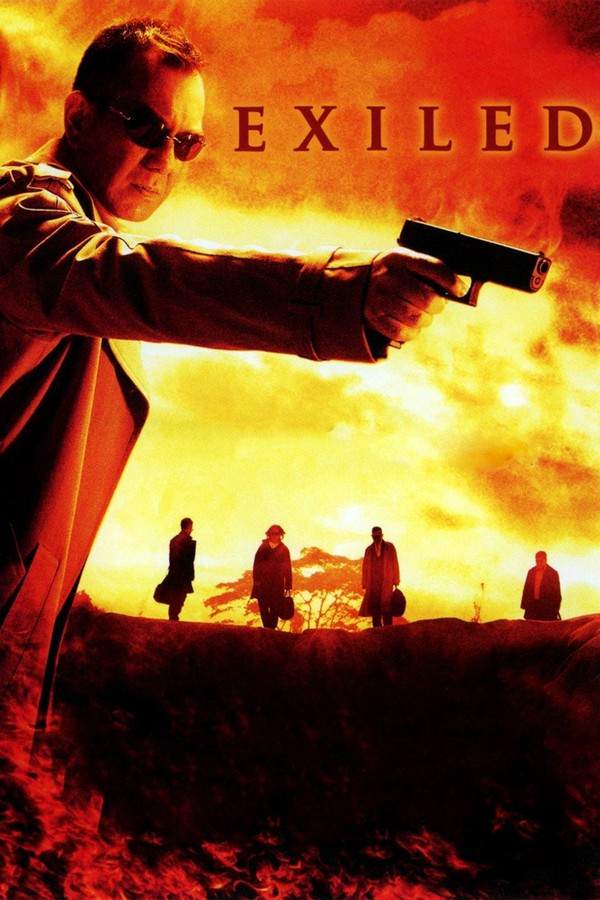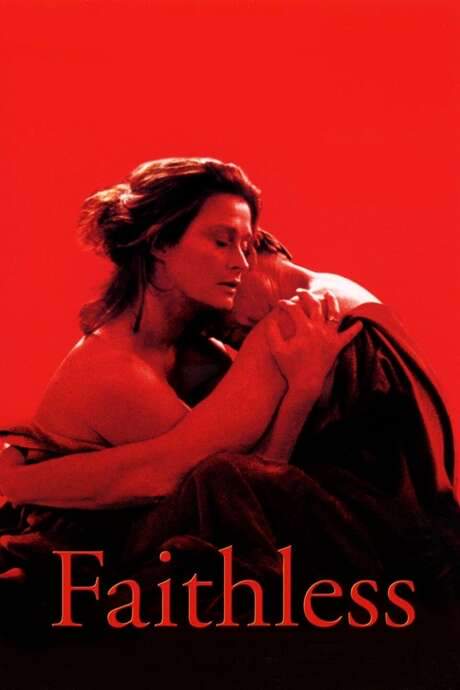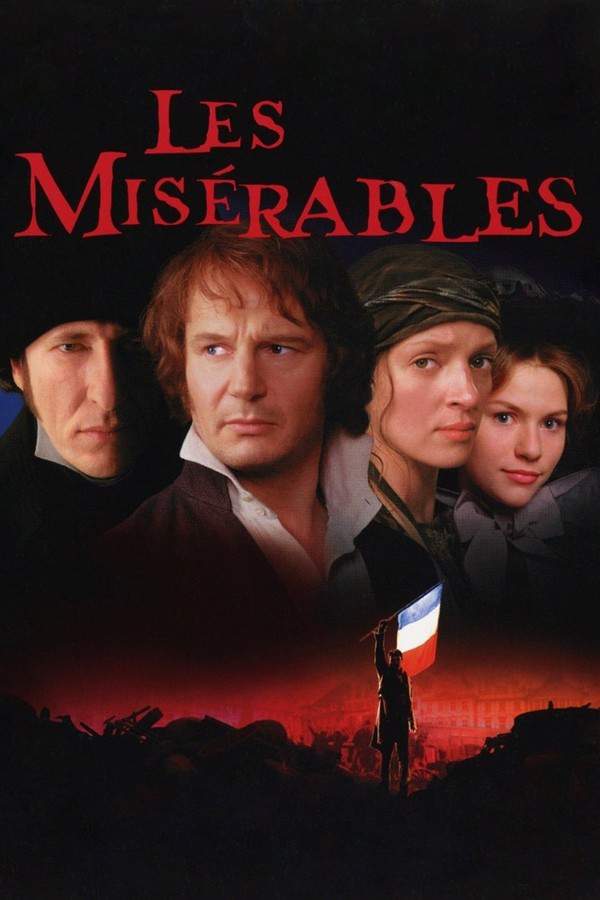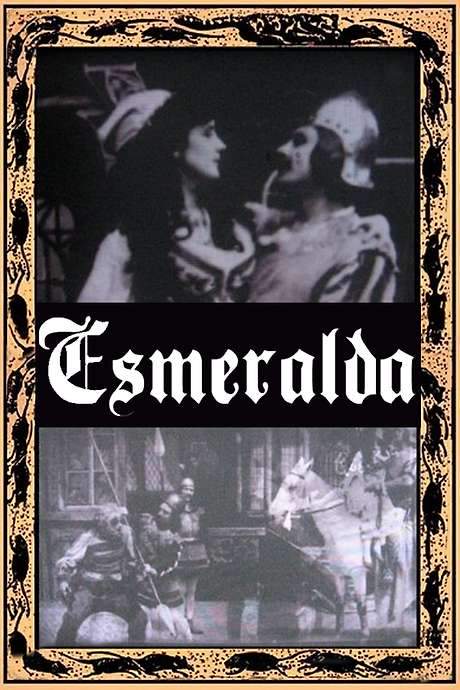
The Hunchback of Notre Dame
Year: 1939
Runtime: 117 mins
Language: English
Director: William Dieterle
Set in 1482 Paris, the zealous magistrate Claude Frollo, chief justice under King Louis XI, becomes obsessed with the captivating Romani dancer Esmeralda. Quasimodo, the deformed bell‑ringer of Notre‑Dame and Frollo’s reluctant protégé, lives among the cathedral’s bells until the magistrate drags him into a murderous plot to rid himself of Esmeralda, whom he blames for witchcraft.
Warning: spoilers below!
Haven’t seen The Hunchback of Notre Dame yet? This summary contains major spoilers. Bookmark the page, watch the movie, and come back for the full breakdown. If you're ready, scroll on and relive the story!
The Hunchback of Notre Dame (1939) – Full Plot Summary & Ending Explained
Read the complete plot breakdown of The Hunchback of Notre Dame (1939), including all key story events, major twists, and the ending explained in detail. Discover what really happened—and what it all means.
In the bustling city of Paris during the year 1482, Louis XI reigns over a city filled with vibrant life, deep-seated secrets, and looming darkness. The story centers around Maureen O’Hara as Esmeralda, a spirited and alluring Roma dancer whose charm and beauty captivate everyone she meets. She becomes a focal point of desire and obsession for several characters, each driven by their own motives. Among them is Charles Laughton as Quasimodo, a deformed but kind-hearted bell-ringer of Notre-Dame Cathedral, who is both feared and misunderstood by society. Also entangled in her fate is Cedric Hardwicke portraying Frollo, an archdeacon torn between his religious vows and an obsessive lust for Esmeralda.
The story begins with Thomas Mitchell as Clopin, the lively leader of the Court of Miracles, where the Roma and beggars gather. Edmond O’Brien as Pierre Gringoire, a poet and outsider who stumbles into the Roma community. The tension rises as Esmeralda’s mesmerizing dance and her pet goat Djali’s clever spelling tricks earn her admiration and affection from many men, including the naive and heroic Captain Alan Marshal as Phoebus de Chateaupers, whose interest in Esmeralda sparks further conflict.
Minna Gombell as the Queen of Beggars provides additional insight into the struggling, impoverished world that Esmeralda inhabits, emphasizing the social divide that pervades the city. Meanwhile, Fritz Leiber as an Old Nobleman and Harry Davenport playing King Louis XI highlight the political landscape, which is tense and volatile.
The narrative intensifies when Frollo becomes obsessed with Esmeralda, which leads him to secretly follow her and discover her relationship with Phoebus. Driven by these feelings, Frollo (cedric-hardwicke) secretly arranges for Esmeralda’s arrest after she is found near Phoebus’ body — an incident where he has secretly stabbed Phoebus out of jealousy. Although Esmeralda protests her innocence, she is falsely accused of attempted murder and witchcraft, leading to her tragic imprisonment and impending execution.
In a desperate act of mercy, Thomas Mitchell as Clopin organizes a daring rescue, while Charles Laughton as Quasimodo intervenes. As she faces her execution, Quasimodo, moved by her plight and his own feelings of love, breaks sanctuary and carries Esmeralda away to Notre-Dame, seeking to save her from the gallows. This act sets off a series of tragic events fueled by Frollo’s obsessive jealousy. Frollo’s villainy culminates in a brutal attempt to assault Esmeralda, which Quasimodo prevents, revealing Frollo’s dark obsession.
As the story unfolds, Frollo’s relentless pursuit of Esmeralda leads to her downfall. When the Court of Parlement decides to strip her of her sanctuary rights, she faces imminent execution. Clopin’s rallying of the Court of Miracles leads to a chaotic attempt to rescue her, but misjudgments and misunderstandings cause further tragedy. Amidst the chaos, Frollo manages to seize her, and in a heartbreaking climax, Esmeralda is led to the gallows.
In a poignant and devastating final act, Charles Laughton as Quasimodo witnesses her death and, overwhelmed with grief, pushes Frollo from the heights of Notre-Dame to his death. With no hope left, Quasimodo disappears into the shadows, presumed to have sought solace among the graves of Montfaucon. Many years later, the skeletal remains of Quasimodo are found clutching the bones of Esmeralda in a touching but tragic ending, symbolizing the depth of his love and despair that ultimately led him to perish beside her.
This timeless tale, filled with passion, betrayal, and tragedy, paints a vivid picture of love’s power and its potential for destruction. Its story of misunderstood souls and societal injustice continues to resonate, reminding us that behind every face, there are stories of longing and sorrow that can linger beyond life itself.
Last Updated: August 19, 2025 at 05:15
Explore Movie Threads
Discover curated groups of movies connected by mood, themes, and story style. Browse collections built around emotion, atmosphere, and narrative focus to easily find films that match what you feel like watching right now.
Gothic Tragedies like The Hunchback of Notre Dame
Dark tales of destructive desire and societal cruelty in grand, oppressive settings.If you were captivated by the dark grandeur and tragic themes of The Hunchback of Notre Dame, explore other movies like it. This collection features epic historical dramas and gothic tales centered on obsession, social injustice, and heartbreaking fates within oppressive worlds.
Narrative Summary
These stories typically follow a linear descent into tragedy, often triggered by an authority figure's corrupt obsession. A vulnerable protagonist becomes the focal point of this conflict, facing false accusations and societal condemnation. The narrative builds steadily towards a climax where injustice prevails, resulting in a sorrowful or bleak ending that underscores the themes of cruelty and unrequited longing.
Why These Movies?
They are grouped by their shared dark tone, high emotional intensity, and focus on tragic character arcs driven by obsession and hypocrisy. The combination of a gothic or historical setting with a steady, oppressive pace and a definitively sad ending creates a powerfully coherent, melancholic viewing experience.
Movies about Tragic Outcasts like The Hunchback of Notre Dame
Heartbreaking stories of misfits yearning for love and acceptance, only to be rejected.For viewers moved by Quasimodo's story in The Hunchback of Notre Dame, this list features similar movies about tragic outcasts. Discover stories of sympathetic misfits who face cruelty and unrequited love, leading to poignant and heartbreaking conclusions that explore themes of alienation and injustice.
Narrative Summary
The narrative follows a kind-hearted but isolated character who develops a pure, often unrequited, love or a simple hope for a better life. Their attempts to integrate or help others are misinterpreted or exploited by more powerful, cynical forces. The story escalates into a life-or-death struggle where the outcast's inherent goodness is ultimately punished by a world that cannot see past their exterior, culminating in a deeply sad resolution.
Why These Movies?
These films share a core emotional journey: the viewers' empathy is anchored to a sympathetic underdog. The collective mood is heartbreaking and melancholic, driven by the consistent theme of undeserved suffering. The high sadness score and heavy emotional weight create a unified experience of poignant tragedy.
Unlock the Full Story of The Hunchback of Notre Dame
Don't stop at just watching — explore The Hunchback of Notre Dame in full detail. From the complete plot summary and scene-by-scene timeline to character breakdowns, thematic analysis, and a deep dive into the ending — every page helps you truly understand what The Hunchback of Notre Dame is all about. Plus, discover what's next after the movie.
The Hunchback of Notre Dame Timeline
Track the full timeline of The Hunchback of Notre Dame with every major event arranged chronologically. Perfect for decoding non-linear storytelling, flashbacks, or parallel narratives with a clear scene-by-scene breakdown.

Characters, Settings & Themes in The Hunchback of Notre Dame
Discover the characters, locations, and core themes that shape The Hunchback of Notre Dame. Get insights into symbolic elements, setting significance, and deeper narrative meaning — ideal for thematic analysis and movie breakdowns.

The Hunchback of Notre Dame Spoiler-Free Summary
Get a quick, spoiler-free overview of The Hunchback of Notre Dame that covers the main plot points and key details without revealing any major twists or spoilers. Perfect for those who want to know what to expect before diving in.

More About The Hunchback of Notre Dame
Visit What's After the Movie to explore more about The Hunchback of Notre Dame: box office results, cast and crew info, production details, post-credit scenes, and external links — all in one place for movie fans and researchers.

Similar Movies to The Hunchback of Notre Dame
Discover movies like The Hunchback of Notre Dame that share similar genres, themes, and storytelling elements. Whether you’re drawn to the atmosphere, character arcs, or plot structure, these curated recommendations will help you explore more films you’ll love.
Explore More About Movie The Hunchback of Notre Dame
The Hunchback of Notre Dame (1939) Scene-by-Scene Movie Timeline
The Hunchback of Notre Dame (1939) Movie Characters, Themes & Settings
The Hunchback of Notre Dame (1939) Spoiler-Free Summary & Key Flow
Movies Like The Hunchback of Notre Dame – Similar Titles You’ll Enjoy
Les Miserables (2012) Detailed Story Recap
Notre Dame de Paris (2017) Plot Summary & Ending Explained
The Hunchback of Notre Dame (1982) Story Summary & Characters
The Hunchback of Notre Dame (1911) Detailed Story Recap
Esmeralda (1905) Detailed Story Recap
The Hunchback of Notre Dame (1956) Full Summary & Key Details
Les Misérables (1934) Full Movie Breakdown
Notre Dame de Paris (1999) Film Overview & Timeline
Les Miserables (1952) Full Summary & Key Details
The Hunchback (1944) Complete Plot Breakdown
The Hunchback of Paris (1959) Spoiler-Packed Plot Recap
Quasimodo d’el Paris (1999) Story Summary & Characters
The Hunchback of Notre Dame (1976) Story Summary & Characters
The Hunchback (1997) Ending Explained & Film Insights
The Hunchback of Notre Dame (1923) Film Overview & Timeline

